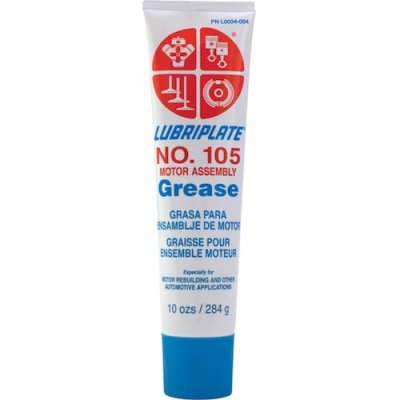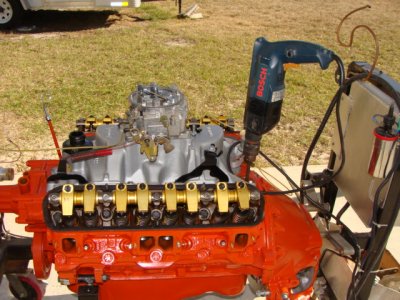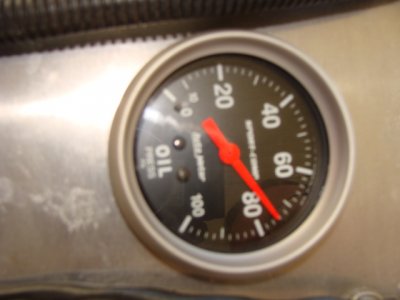jenkins71
Well-Known Member
Hi guys.
So my "How to Rebuild the Chrysler Big-Block" book says to use white lithium grease mixed with a little oil on the bearings when you lay the crank.
My engine builder says to just use regular oil.
A video online says to use special assembly lube.
So, who is right here?
What do you use, and why?
Thanks!
So my "How to Rebuild the Chrysler Big-Block" book says to use white lithium grease mixed with a little oil on the bearings when you lay the crank.
My engine builder says to just use regular oil.
A video online says to use special assembly lube.
So, who is right here?
What do you use, and why?
Thanks!



















